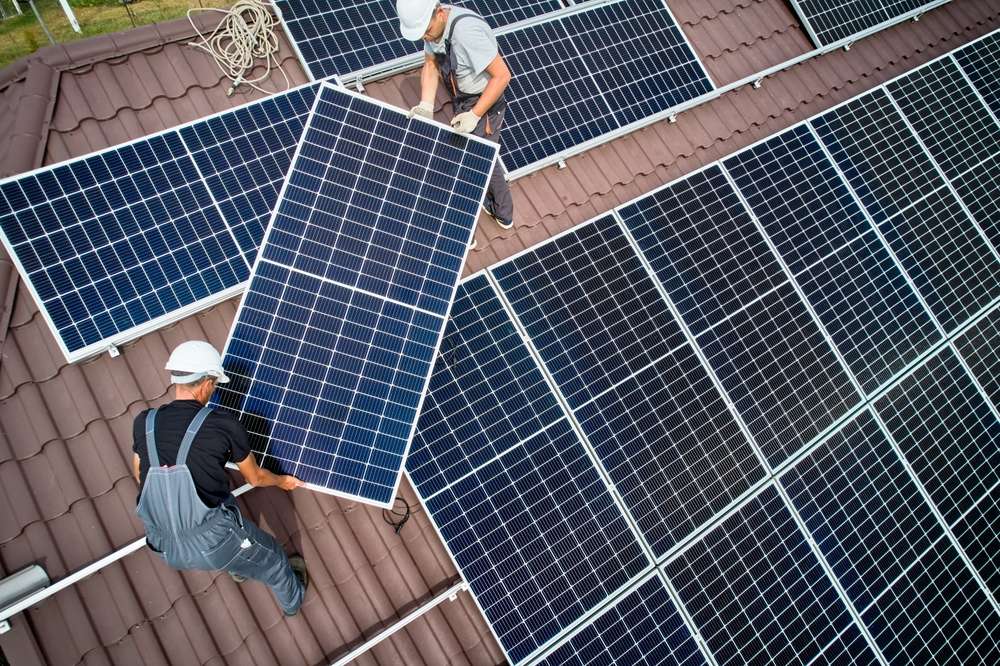Solar Roof Options: Smart Ways to Add Solar to Your Home
A solar roof blends traditional roofing with electricity generation, turning your roof into a functional part of your energy system. Homeowners considering this upgrade should understand differences between integrated solar roofing and conventional solar panels, how installation affects the home, and the long-term implications for energy use and maintenance. This article explains key points to help you evaluate whether a solar roof is right for your property and lifestyle.

What is a solar roof?
A solar roof can mean two things: integrated solar roofing materials (solar shingles or tiles) that look like conventional roof covering while producing electricity, or a conventional roof outfitted with mounted solar panels. Integrated solar roofing aims for a sleeker appearance and, in some designs, combines weatherproofing with energy production. Whether you choose integrated tiles or standard panels, the goal is to generate on-site renewable energy and reduce reliance on grid electricity.
How do solar panels work with roofs?
Solar panels convert sunlight into electricity using photovoltaic cells. When installed on an existing roof, panels are mounted on rails or frames that keep them secured and angled for optimal sun exposure. Installation must account for roof pitch, orientation, and shading from trees or neighboring structures. Properly mounted panels are ventilated to avoid heat buildup and attached to the home’s electrical system through an inverter, which makes DC power usable for household appliances.
Why choose renewable energy at home?
Choosing renewable energy like solar reduces the home’s dependence on fossil-fuel-based electricity and can lower monthly energy use. Generating power on-site can provide more predictable energy expenses and, in some regions, enable net metering where excess production offsets future consumption. Environmental benefits include lower household carbon emissions and support for broader decarbonization goals. For many households, the combination of environmental impact and potential cost savings makes solar an attractive component of a sustainable home strategy.
Solar roof as a home improvement?
Treat a solar roof as a long-term home improvement. It replaces or augments the roof while adding an energy-producing feature, which may enhance curb appeal and functional value. Before deciding, evaluate the roof’s remaining lifespan—installing solar on an old roof may mean removing panels to reroof later, adding cost. Also consider design preferences: integrated solar shingles offer a cleaner look, while traditional panels are often more efficient per square foot and simpler to upgrade or replace.
What to expect during roof installation?
Roof installation for solar involves several steps: a structural assessment, permitting, electrical design, mounting or integration, electrical connection, and final inspection. A structural check ensures your roof can bear the additional weight. Permits and inspection requirements vary by locality, so working with experienced installers familiar with local services and regulations is important. Installation timelines depend on system complexity and weather, but installers should provide a clear schedule and coordination for both roofing and electrical work.
Conclusion
A solar roof — whether achieved through integrated solar roofing or traditional solar panels mounted on your existing roof — offers a path toward on-site renewable energy and a modernized home. Key considerations include roof condition, system efficiency, local permitting, and how the installation fits into broader home improvement plans. Careful planning and professional assessment help align expectations with performance, ensuring any solar roof investment matches your household’s energy needs and long-term goals.






